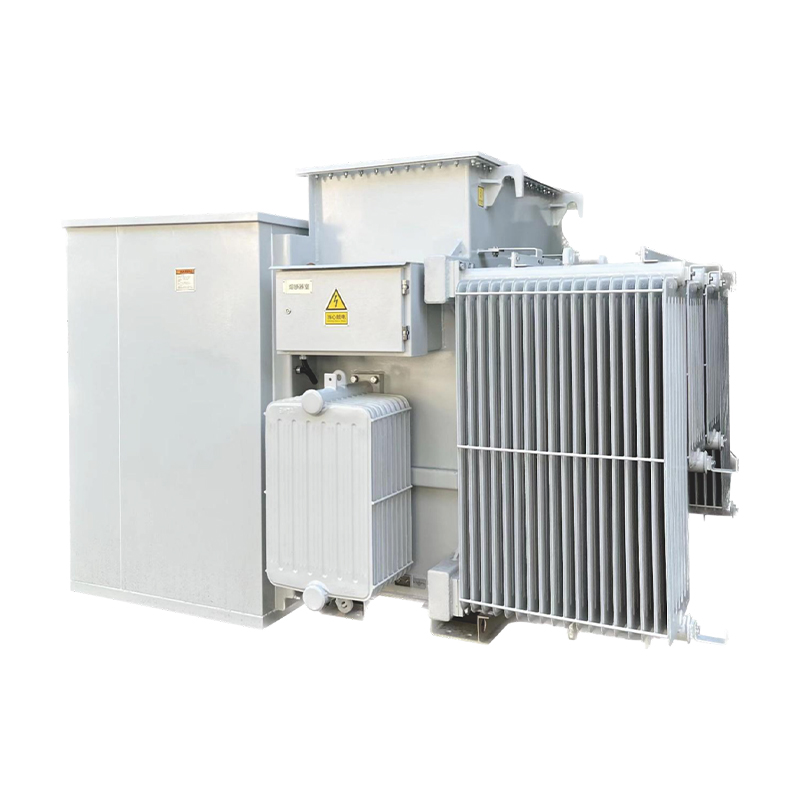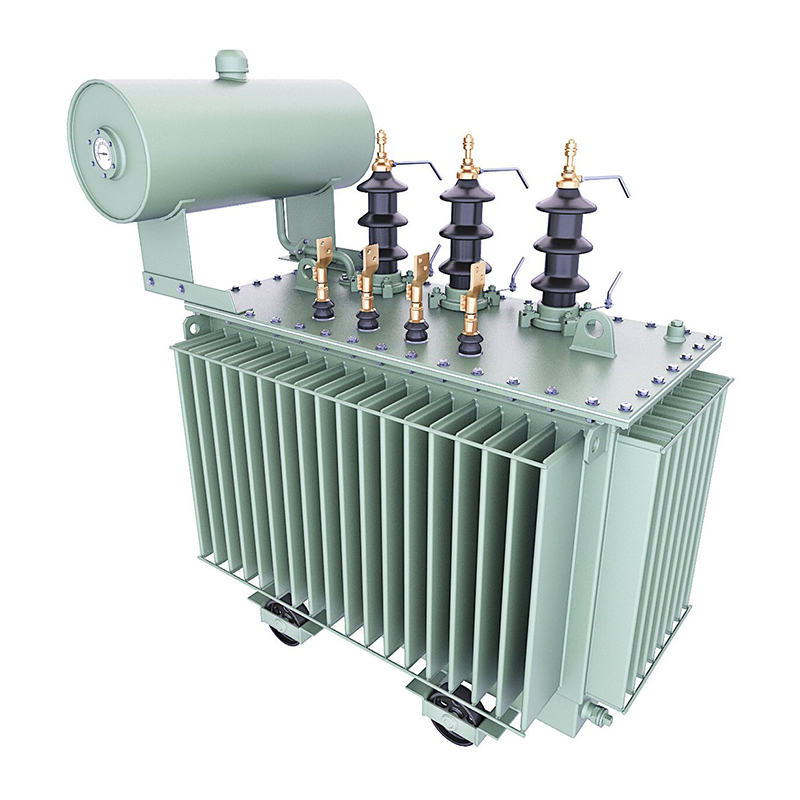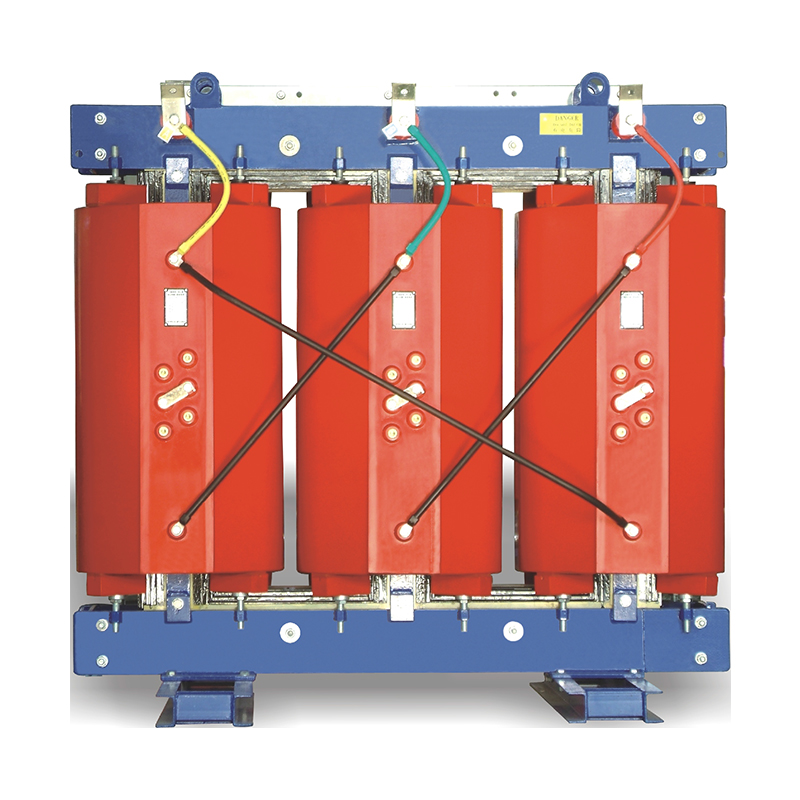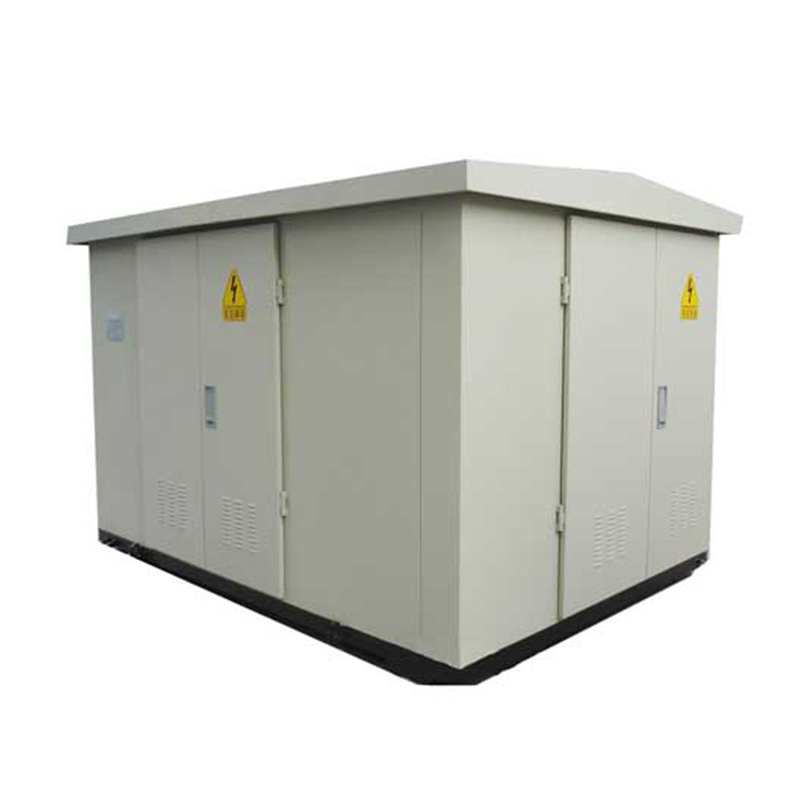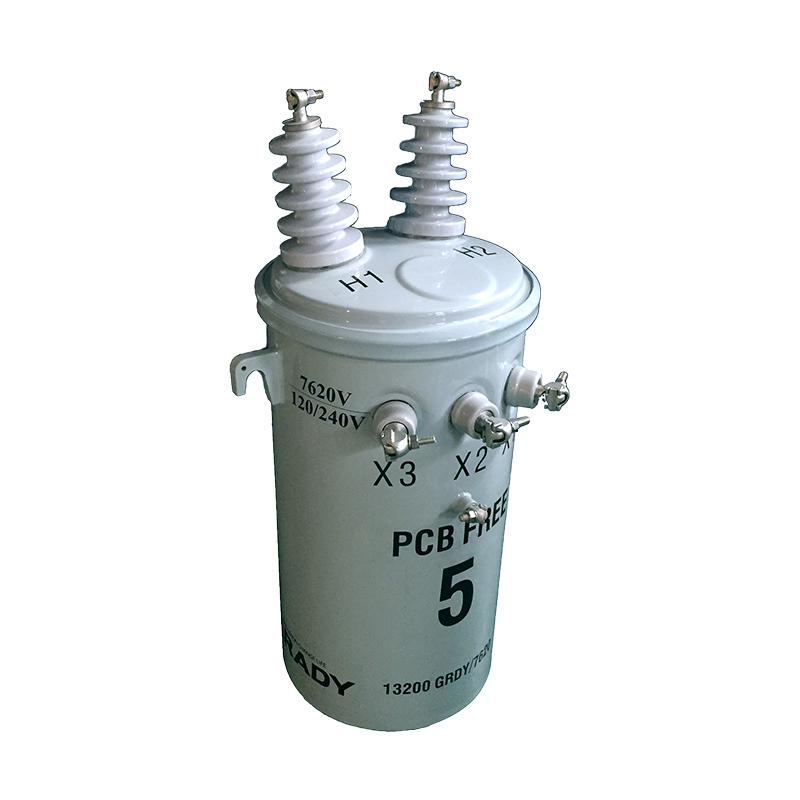The role of power transformers in the power system
Power transformers play a crucial role in the power system, mainly reflected in the following aspects:
1. Voltage conversion: One of the main functions of a power transformer is to perform voltage up and down conversion. Through transformers, high voltage can be reduced to a low voltage suitable for user use, or low voltage can be raised for long-distance transmission, thereby reducing energy loss during the transmission process.
2. Current conversion: In addition to voltage conversion, power transformers can also achieve current conversion. The magnitude of current on the primary and secondary sides of a transformer is inversely proportional. Therefore, the current can be adjusted through transformers to meet the needs of different users.
3. Isolation and protection: Power transformers also have the function of isolating circuits, which can isolate the power supply from user equipment, thereby improving the safety of the system. At the same time, transformers can also protect circuits to some extent from the effects of faults such as short circuits and overloads.
4. Energy transmission: Power transformers can efficiently transmit electrical energy from power plants to users. By using the voltage boosting function of the transformer, the transmission efficiency of electrical energy can be optimized and the loss of energy during transmission can be reduced.
5. Power system stability: Power transformers also play an important role in maintaining power system stability. By properly configuring and using transformers, the load in the power grid can be balanced, avoiding voltage fluctuations and frequency deviations, thereby ensuring the stable operation of the power system.
In short, power transformers play multiple roles in the power system, including voltage conversion, current conversion, isolation protection, energy transmission, and maintaining power system stability. They are indispensable and important equipment in the power system.
Relatenews
- The Role of Power Transformers in Voltage Regulation within Power Systems 2025-08-25 08:14:00
- Environmental Regulations and Technical Measures for Power Transformer Noise Control 2025-08-25 08:12:00
- The Application of Big Data Analytics in Power Transformer Fault Prediction 2025-08-25 08:11:00
- Impact of Distributed Generation Integration on Load Characteristics of Power Transformers 2025-08-16 09:43:00
- Conditions and Protection Coordination Strategies for Parallel Operation of Power Transformers 2025-08-16 09:42:00
- Application of On-Line Oil Chromatography Monitoring Systems for Power Transformers 2025-08-16 09:38:00
- Capacity Calculation Methods for Power Transformers in Electric Vehicle Charging Stations 2025-08-09 16:02:00
- Key Technologies of Smart Power Transformers: Sensors, IoT, and Big Data 2025-08-09 15:59:00





